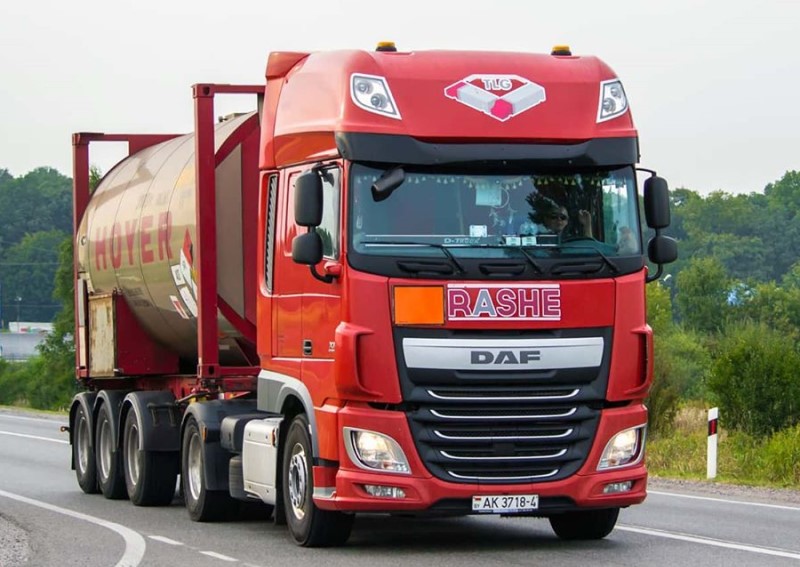Modern truckload carriers deal with different kinds of cargo. They can organize a delivery either for fresh flowers or for meds, either for soft toys or for dangerous cargos. Shipments that can cause a fire, explosion, or can damage a vehicle, refer to dangerous ones. Also, they can lead to deaths, poisons, and illnesses of people and animals.
Dangerous shipments can be divided into several groups.
- Explosives.
- Compressed and liquefied gases.
- Flammable liquids.
- Flammable materials and substances.
- Oxidized substances and organic peroxide.
- Poison substances.
- Radioactive and infectious substances.
- Pungent and corrosive substances.
- Other dangerous substances.
Dangerous cargos are also divided into groups by the degree of danger. Logistics companies improve the transportation conditions and pay attention to safety to eliminate the possible damage.
Transportations of dangerous cargoes on long distances include the choice of the truck, package, and route. The sender is responsible for all the requirements being met and all nuances being taken into account. It is forbidden to place cargos of different groups in one truck.
Also, the route of the transportation is always developed before it starts. The route must be as far from cities and industrial zones as possible.
As for the trucks, the choice of the vehicle is determined by the properties of the cargoes. Certain dangerous substances can be transported only in special trucks which guarantee safety. Liquids and gases are usually transported in automobile tanks. This package comes in handy when you need to transport fuels. Special conditions of the dangerous cargo transportation provide special requirements for the construction and equipment of tanks. Extra requirements are for the tanks used for transportation of liquid oxygen, compressed gas, methane, air, nitrogen, and different combinations of these gases.
There is also a group of dangerous cargos which are flammable and give off gases while interacting with water. Such shipments are transported in special packages which protect them from the water. The vehicles also protect cargo from the humidity. Automobile tanks are also used for transporting such cargo. Examples of such shipments are gas and molten naphthalene.
To transport dangerous cargoes which require a certain temperature regime, for example, organic peroxide, companies often use refrigerators. Applied coolants mustn’t be flammable.
Transportation of radioactive substances has its requirements. The main protective function is provided thanks to the use of a special package. Depending on the situation, the workers of the truckload companies can use vehicles with lead screens at the front part of the automobile. The use of specialized trucks for dangerous shipments allows safe and efficient delivery.

